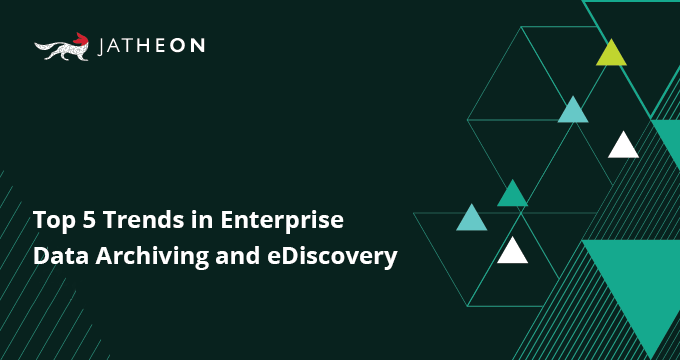Data Archiving Solutions for compliance, supervision, and ediscovery
Safeguard your critical communications data. Retrieve what you need in seconds.
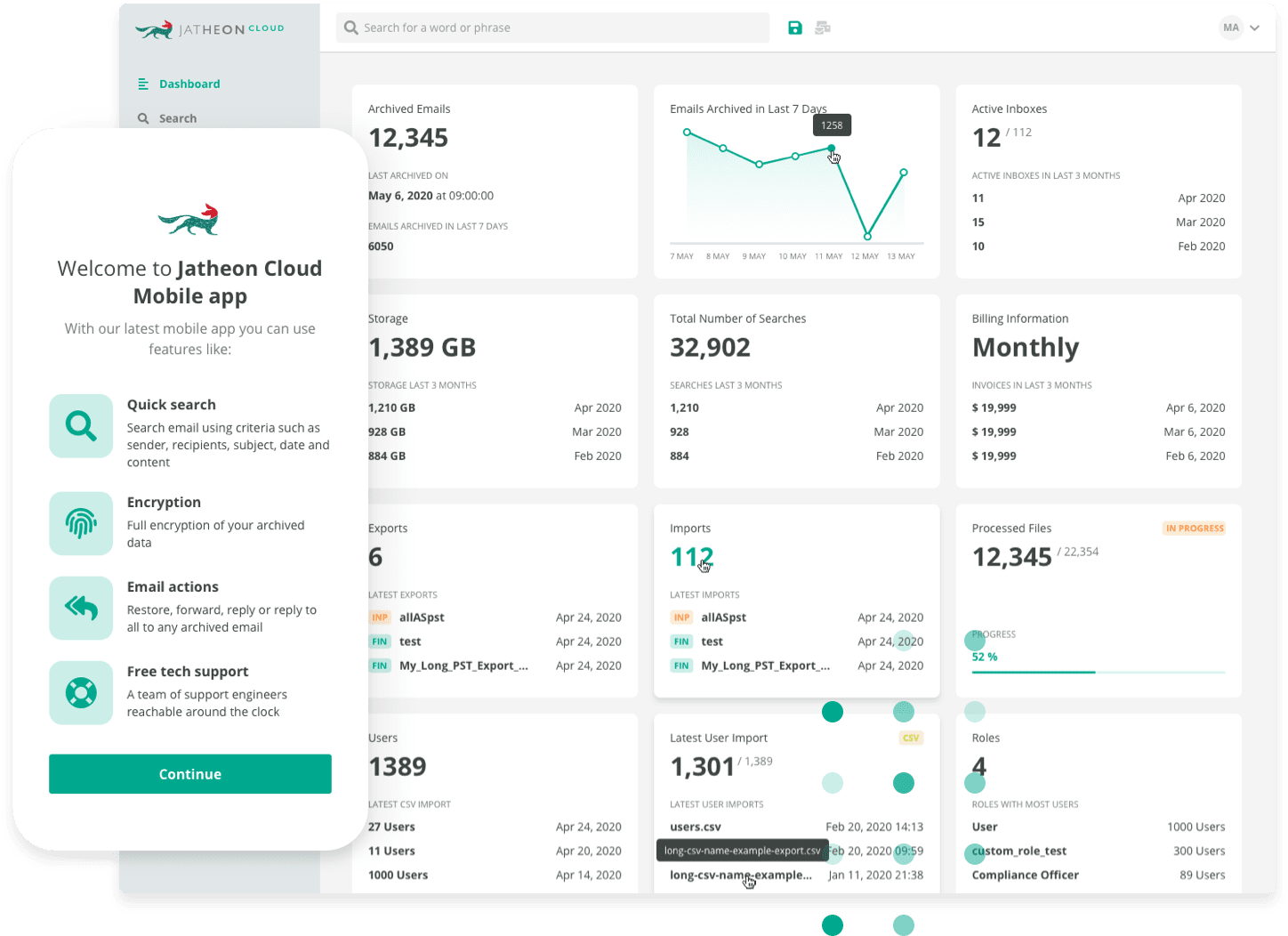
TOP-RATED DATA ARCHIVING SOFTWARE ON INDEPENDENT WEBSITES












Archiving solutions that work for every industry and company size, with multiple deployment options
A single archiving solution for multiple content sources, configurable on your terms
Email archiving
- Compatible with all email platforms
- Automated email capture with all relevant metadata
- Complete compliance and ediscovery feature set
- Powerful and easy-to-use Advanced Search
Social media archiving
- Archive all major social media and IM tools
- Standalone or combined social media archiving
- WORM-compliant format
- Search and export everything from a single interface
Text message archiving
- Archive text messages, calls and voicemail in WORM-compliant format
- Standalone or integrated text message archiving
- Compatible with Android and iOS devices and mobile carrier-agnostic
- Search and export everything from a single interface
WhatsApp archiving
- Archive WhatsApp chats, multimedia and deleted messages
- Standalone or integrated WhatsApp archiving
- No mobile app installation necessary
- Search and export everything from a single interface
Custom-built for organizations in regulated industries, large and small
Automate your data retention policies and improve information governance while staying compliant with all regulations in your industry.
Why choose Jatheon’s data archiving solutions?
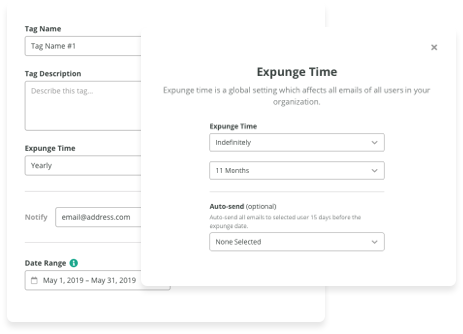
Stay compliant with relevant laws
Define retention policies and data life span, and set a deletion schedule so that nothing slips through the cracks. This will help you ensure compliance with federal, state and industry data retention laws while keeping you in line with relevant data privacy regulations. Plus, you will be able to prevent employee misconduct and leakage of sensitive information by setting up monitoring policies and alerts.
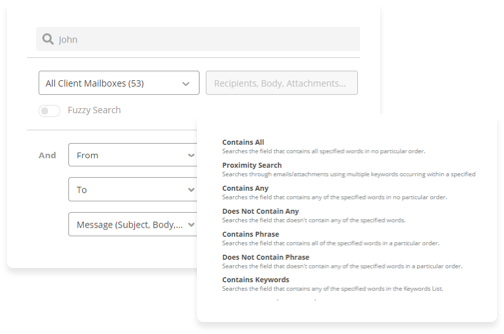
Improve data management
As a compliance officer or system admin, you can automate email retention and improve control, data security and oversight while keeping only the information you need. On a day-to-day basis, you can search through all your emails, attachments, social media, IM and mobile records from a single repository and get key information in minutes.
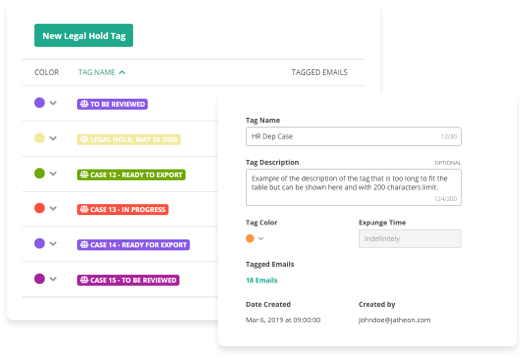
Simplify ediscovery and FOIA requests
Get key information instantly and answer all ediscovery and open data requests on time. You can perform demanding and extensive searches in terabytes of data, apply legal holds to prevent evidence spoliation, prove data authenticity and cut the costs of legal discovery. You can also customize user roles to define access levels and access the audit log, all from a single panel.
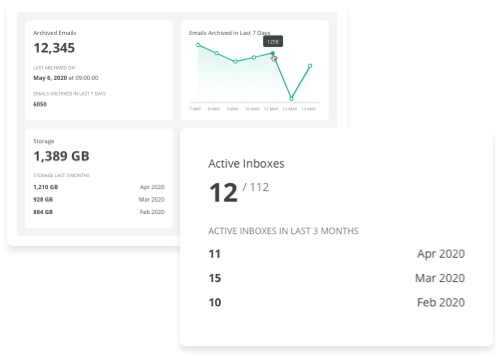
Prevent data loss and corruption
As an IT admin, you can bring relief to your email servers and improve system performance by moving email data to the archive. Archiving will ensure uninterrupted email access, and serve as a backup tool that helps to safeguard key business information. Archiving social media, chat apps and phone records will prevent accidental or deliberate destruction of potential evidence and allow you to prove message integrity.
Why entrust us with your communications data?
2004
Archiving excellence since 2004
Gartner® Enterprise Information Archiving MQ™
Radicati Information Archiving Trail Blazer
Deloitte’s Top 10 Companies to Watch
InfoTech’s Value Champion
91%
91% customers would recommend us to a peer
FINRA Compliance Vendor Directory
4.9
Rated 4.9 on Gartner Peer Insights
500+
500+ global customers
24/7
24/7 technical support
11 Billion
11B+ archived messages
Automated, zero-effort migration
If you’d like to know more, we’re happy to show you around.
Jatheon is trusted by industry leaders:






















































Check out what our customers have to say on top-rated independent product review websites
This technology has been rock solid for us.
The support I receive from Jatheon is great. The monitoring part is the best because it allows me to focus on other duties and they let me know when there’s an issue. Thanks for everything you do!
Jatheon has made our quarterly compliance surveillance process simple & quick and I strongly recommend it for SEC registered companies.
After a recommendation from a third party, we went with Jatheon and haven’t looked back since. Two or three years later, we had another legal request and were able to supply all the emails in only 10 minutes. I would recommend this product in a minute.
We have been with Jatheon for 9 years. Their email archiving and compliance line are excellent and their customer service is fantastic.
The product delivers what it promises. It made discovery and retention painless and much faster.
Straightforward archiving platform that has everything you need.
We’ve been with Jatheon for many years. Their email archiving and compliance line are excellent and their customer service is fantastic.
Export is extremely easy and efficient compared to other solutions I’ve worked with. It’s also very competitively priced.
They helped us with our data migration and kept me informed at each milestone.
Simple, easy to use, no hassle. Great support. The price is good. Been using it for years.
A great product with an even better support team backing it up.
Powerful search, easy interface for admins and end users, exceptional service.
We’ve been a Jatheon customer for over 10 years and have been extremely happy with how the product performs. Our solution works without a hitch and is very easy to use.
The product delivers what it promises. It made discovery and retention painless and much faster.
After researching a number of platforms, we decided to go with Jatheon and it was one of the best decisions we have made. The engineers at Jatheon are top notch and were able to migrate our 9 terabyte legacy archive easily.The product is straightforward and feature-rich. Customer service has also been great.
Take your data archiving to the next level
Take a personalized tour of Jatheon’s solutions to see how you can meet compliance standards and manage your corporate email and messaging data more easily.
Leave us your contact details and we’ll get in touch and show you around.
Stay up to date with the latest industry news
Once a month, get a selection of expert-vetted articles on compliance, ediscovery, data archiving and more.
